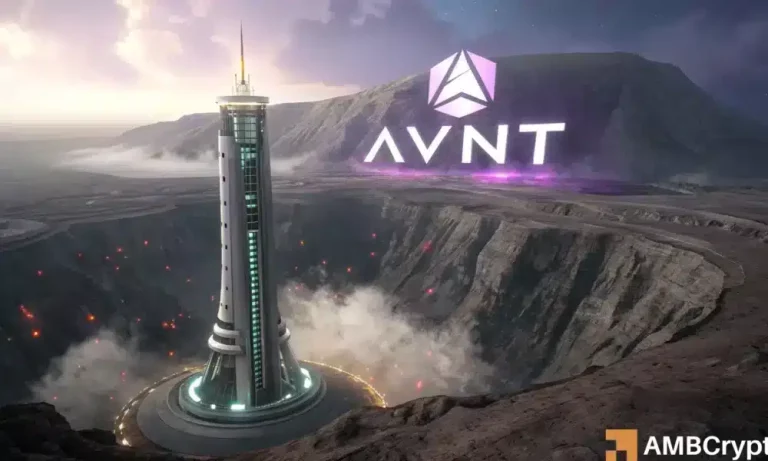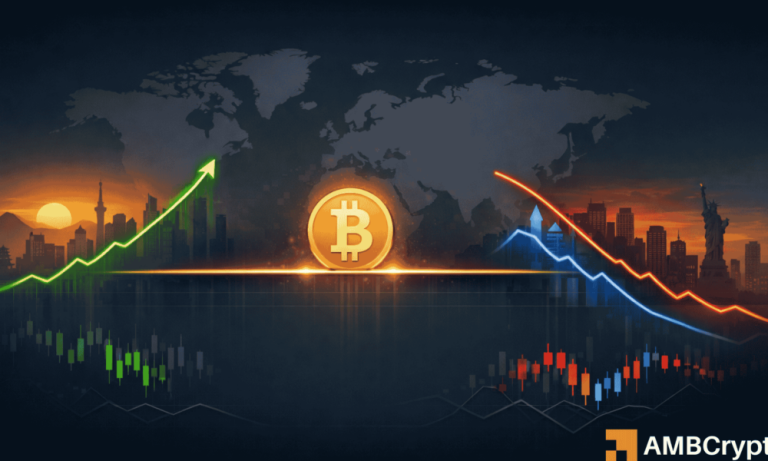93% of Bitcoin is Mined: What Does This Mean?
Ever since its launch in 2009, Bitcoin (BTC) has captivated the world with its revolutionary technology and economic model. As of May 2025, over 93.3% of all Bitcoin—19.6 million BTC—has already been mined, leaving only 1.4 million BTC left to issue. This article dives into the implications of Bitcoin’s engineered scarcity, its value proposition, and how mining will change over time.
Bitcoin’s Fixed Supply: Why It Matters
Bitcoin’s supply is hardcoded at 21 million BTC, a limit that cannot be changed without altering its entire protocol. This immutable limit is a central feature of Bitcoin, making it akin to a scarce physical asset like gold. But Bitcoin distinguishes itself by being far more predictable and auditable. This scarcity is enforced by an issuance schedule tied to the “halving” event, which reduces new BTC creation over time.
In 2009, the creation reward per mined block was 50 BTC. Every 210,000 blocks (around four years), that reward is cut in half. By mid-2025, over 99% of all Bitcoin is expected to be mined by 2035, with the final fractions slowly released until around the year 2140 due to Bitcoin’s diminishing reward system.
The Myth of Infinite Bitcoin Supply
While over 93% of Bitcoin’s total supply has been mined, not all of it remains available. Between 3 million to 3.8 million BTC—14-18% of the entire supply—is estimated to be permanently lost. Factors like forgotten passwords, lost wallets, and destroyed devices contribute to this unavailability.
A prime example is the dormant wallet attributed to Bitcoin’s creator, Satoshi Nakamoto, holding over 1.1 million BTC. These unrecoverable coins effectively shrink Bitcoin’s circulating supply to around 16 million BTC, significantly increasing its scarcity and value.
Bitcoin vs. Gold: A Modern Scarcity
Compared to gold, Bitcoin represents a unique level of scarcity. While approximately 85% of the world’s gold supply—216,265 metric tons—has been mined, nearly all of it remains recyclable and reusable. Bitcoin, on the other hand, offers permanent and auditable scarcity. Once lost, coins are gone forever, further reducing supply over time.
This growing scarcity sets Bitcoin apart as a deflationary digital asset, potentially increasing its demand, especially as it matures into a phase similar to gold: low issuance with high investor concentration.
How Bitcoin Mining Adapts Over Time
As block rewards shrink, skeptics often worry about the network’s security. However, Bitcoin features a self-regulating mechanism: the mining difficulty adjusts every 2,016 blocks, roughly every two weeks, ensuring that block times remain close to 10 minutes, regardless of the number of competing miners.
This feedback loop ensures Bitcoin’s continued resilience, even under stress. For instance, after China’s mining ban in 2021 caused the global hashrate to drop by 50%, the network adjusted and bounced back within months. Bitcoin’s design ensures that mining remains profitable over time, adapting to market conditions and costs.
Is Bitcoin Mining Sustainable?
One of the most debated topics around Bitcoin mining is its impact on energy consumption. As prices rise, mining profitability attracts investment in cheaper and renewable energy sources, creating a trend toward sustainability. According to the Cambridge Centre for Alternative Finance, between 52% and 59% of Bitcoin mining is now powered by renewable or low-emission energy.
Leading miners are increasingly relocating to regions such as North America and Northern Europe, where abundant hydro, wind, and surplus energy sources are utilized. Governments and jurisdictions also incentivize clean-mining operations, further reducing reliance on fossil fuels.
Want to Enter the Bitcoin World?
If you’re considering buying Bitcoin or diving deeper into its ecosystem, using a secure digital wallet is essential. The Ledger Nano X, a hardware wallet, provides top-tier security for your BTC investments. Learn more about Ledger Nano X here.
By understanding Bitcoin’s scarcity, future distribution, and sustainability pathway, you join millions exploring this revolutionary financial asset that continues to shape the global economy.



